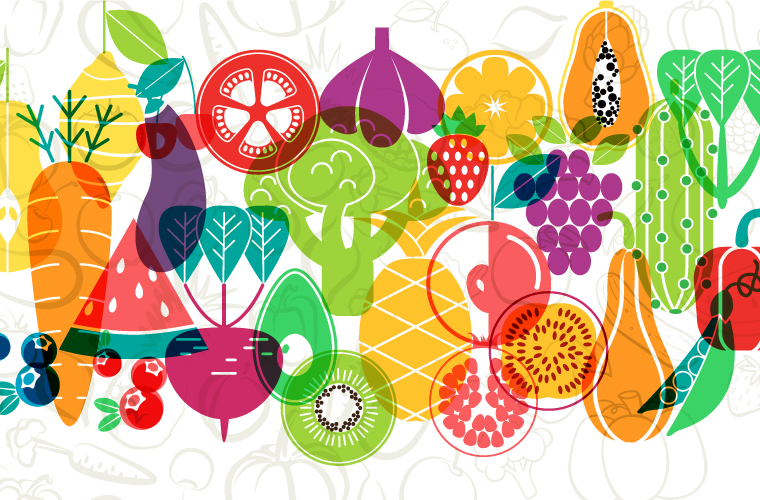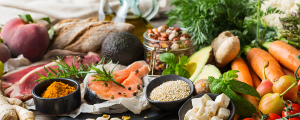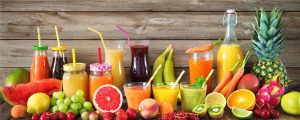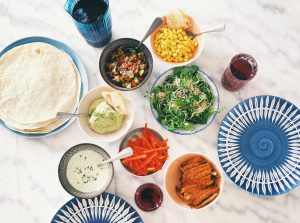Vitamins and Minerals, also known as micronutrients, are natural components of food which are necessary for the functioning of our body. These essential micronutrients are required for nearly all metabolic and developmental processes. While we invest a lot of effort to eat a healthy diet rich in Vitamins and Minerals, we are often unaware of their synergistic benefits.
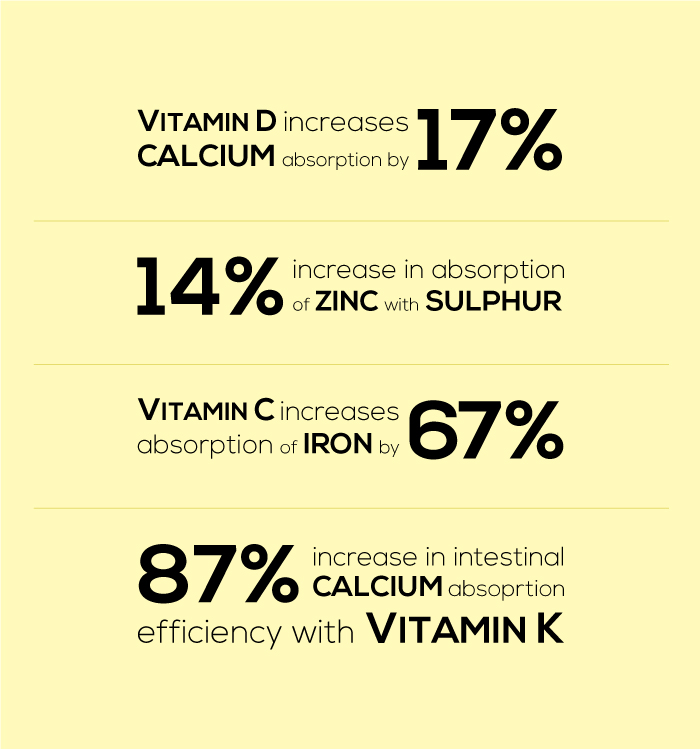
Research has confirmed that specific Vitamins and Minerals show better absorption and efficacy in certain combinations. For instance, Vitamin C is known to increase the absorption of Iron by 67% when consumed together. Similarly, Vitamin D helps in better absorption of Calcium in small intestines.
So how can we maximize the #TruePotential of Vitamins & Minerals?
The bioavailability, or body’s ability to absorb Vitamins and Minerals from food, is as important as the intake itself. If our body is unable to absorb these Vitamins and Minerals, even the healthiest diets go in vain. A simple and smart strategy to ensure maximum absorption of Vitamins and Minerals starts in the kitchen.
Here are 5 food pairings that will help us maximize the absorption and prevent wasting any of the good stuff:
1. Palak Paneer with Raw Salad
Cooked spinach is an excellent source of non-heme iron (found in plant sources) containing 3.6 mg of Iron per 100 g. However, non-heme Iron is absorbed less efficiently in our bodies. A raw cut salad containing tomatoes, bell peppers and turnips (shalgam) is rich in Vitamin C. Ascorbic acid (Vitamin C) captures non-heme Iron and stores it in the body after converting it to a more easily absorbable ferrous ion form. Pairing Palak Paneer with Salad (rich in Vitamin C) ensures maximum absorption of Iron with a mouth-watering taste.
2. Rajma with Curd
Rajma (kidney beans) is a rich source of Calcium, Magnesium, Potassium, and Protein. Our body needs Calcium to build and maintain strong bones and for the proper functioning of heart muscles & nerves. However, our body needs Vitamin D to produce the hormone calcitriol. The role of calcitriol is to promote absorption of dietary Calcium and increase reabsorption of Calcium in the kidneys. Pairing Rajma with Vitamin D rich curd enhances Calcium absorption and utilization in the body.
3. Chole with Onion
One cup of Chole (cooked chickpeas) contains about 10 mg of iron and 4.4 mg of Zinc. Iron and Zinc are key minerals for our body. Iron helps to preserve many vital functions in the body, including general energy and focus, gastrointestinal processes, the immune system and the regulation of body temperature. While Zinc is beneficial for regulating immune function, wound healing, eye health, and skin health. However, the absorption of plant source iron and zinc is difficult for the body. Research has confirmed that Sulphur from rich sources like onion increases the absorption of Iron and Zinc by up to 26% and 14% respectively. Pairing Chole with Onion offers much more than taste by increasing the absorption of minerals such as Iron and Zinc.
4. Mango and Orange Smoothie
Vitamin A, Vitamin D, Vitamin E, and Vitamin K are soluble only in fat. For absorption within the body, they must be consumed with healthy fats. Vitamin A is beneficial for eye health, supports a healthy immune system and healthy skin. Vitamin E is helpful to maintain a healthy heart and is an important nutrient for healthy skin. Vitamin K plays an important role in blood clotting, bone metabolism and regulating Calcium levels. Mangoes are a rich source of Vitamin A and Vitamin E and oranges are rich in Calcium along with inherent Vitamin C. More than 400 fatty acids have been identified in whole milk and provide a soluble environment for fat efficient absorption of soluble Vitamins. Additionally, milk also contains Vitamin D, which assists absorption of Calcium from oranges, and fat-soluble Vitamin K. Mango and Orange Smoothie offer a powerhouse of fat-soluble Vitamins with a synergistic increase in absorption.
5. Gajar ka Halwa with Almonds
Carrots are a good source of Vitamin B6 which helps form a protective sheath around our nerve cells, called myelin. Vitamin B6 facilitates cellular uptake of Magnesium which limits excretion and increases its effectiveness. Magnesium is needed for more than 300 biochemical reactions in the body. Almonds are usually added to Gajar ka Halwa for taste and garnishing but many are unaware that almonds are naturally rich in Magnesium. This combination is a holistic approach to Magnesium intake and absorption in our body. Now we have an excuse to eat Gajar ka Halwa with an extra sprinkle of Almonds.
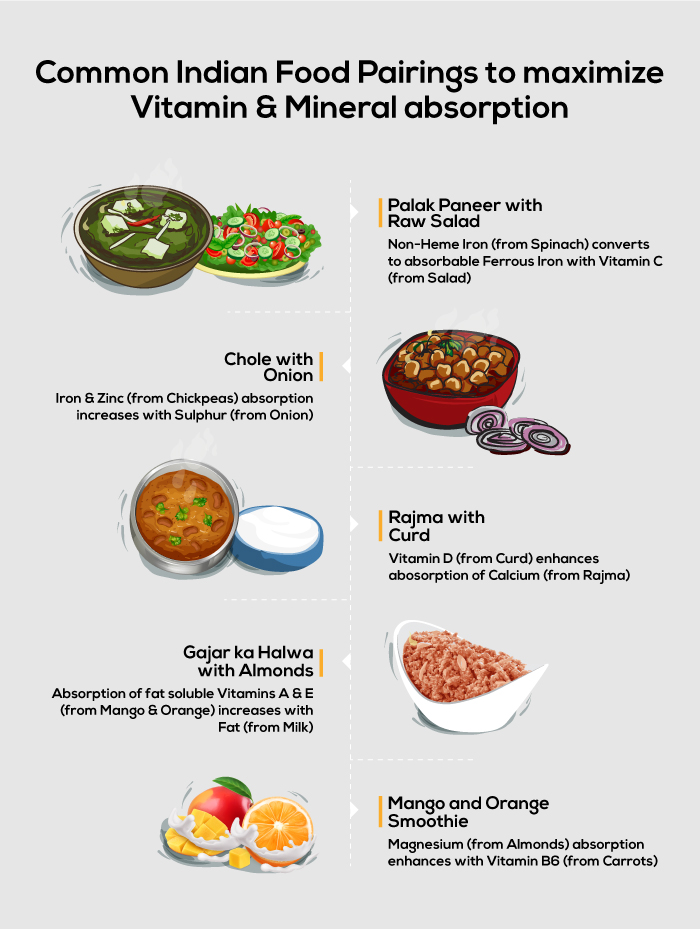
In Conclusion…
Taste and health do not have to be poles apart. A simple yet effective strategy of pairing foods containing Vitamins and Minerals which work synergistically and enhance absorption can help you harness the maximum potential of dietary intake.
#ShareIfYouCare #RepublicofDeficiency

